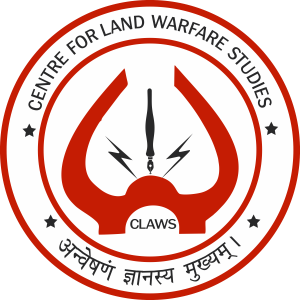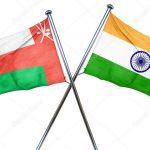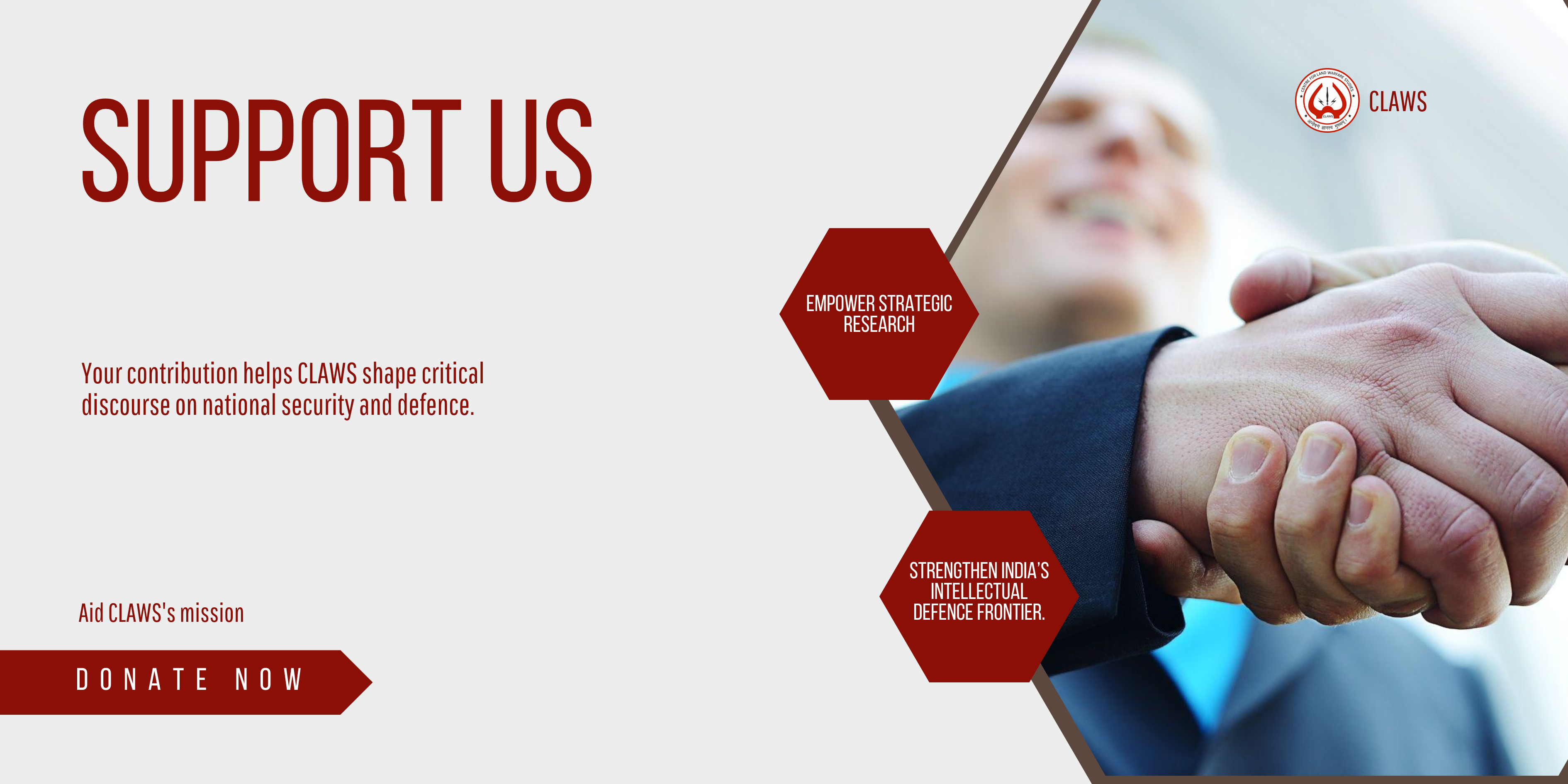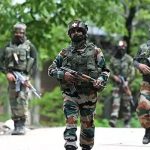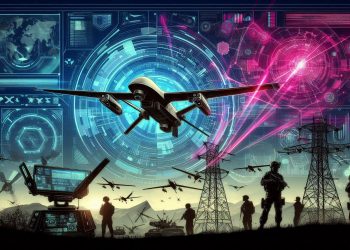Terrorism, the latest scourge that has infested geo-politics with violence organised by both state and non-state actors, has defied definition because of its complexity. The United Nations Secretary General’s High Level panel on “Threats, Challenges and Change” described terrorism as “any action, in addition to actions already specified by the existing conventions on aspects of terrorism, the Geneva Conventions and Security Council resolution 1566 (2004), that is intended to cause death or serious bodily harm to civilians or non-combatants, when the purpose of such an act, by its nature or context, is to intimidate a population, or to compel a Government or an international organisation to do or to abstain from doing any act.
The High Level Panel’s definition is wide ranging and short on specifics. According to the British Defence Doctrine, “Terrorism may be defined as premeditated, politically motivated violence perpetrated by groups or individuals and usually intended to influence an audience wider than that of its immediate victims. In one form, terrorism may be an element of insurgency. In another, it may be employed for objectives short of the overthrow of the state. It may also be used by one state against another.”
The advent of the Islamic State in Iraq and Syria (ISIS) and the brutal brand of fundamentalist terrorism practised by the ISIS militia mark the coming of age of the era of ‘new terrorism’. It hit India with the Mumbai serial bomb attacks of March 1993. In the same year, a group of Islamist extremists led by Ramzi Yousef launched the first attack on the World Trade Centre in New York. In 1995, Aum Shinrikyo attacked the Tokyo underground with Sarin gas. Soon after that, a large truck bomb killed 168 people in Oklahoma City and visions of apocalypse through terrorism began to haunt the world. The London and Madrid train bombings further heightened the pervasive fear psychosis.
Peter R. Neumann, a journalist, academic and commentator on terrorism and political violence, quotes Walter Laqueur, the well-known terrorism historian, as having “noted that a ‘revolution’ in the character of terrorism was taking place. Rather than the vicious yet calculated application of violence that everyone had become familiar with, the world was now confronted with terrorists whose aim was ‘to liquidate all satanic forces [and destroy] all life on earth’.”
Walter Laqueur, the well-known terrorism historian, wrote in 1999 that the character of terrorism was assuming catastrophic proportions and changing in a revolutionary manner. “Rather than the vicious yet calculated application of violence that everyone had become familiar with, the world was now confronted with terrorists whose aim was ‘to liquidate all satanic forces [and destroy] all life on earth’.”
The September 11, 2001, attacks were a catastrophic confirmation of a major shift in the trend lines of transnational terrorism and the multiple terror strikes in Mumbai in November 2008 provided further proof of a new form of terrorism. There is now ready agreement that the age of ‘new terrorism’ is well and truly upon us. However, ‘new terrorism’ is in many ways still a catchphrase that heralds change as no clear understanding of its characteristics is as yet forthcoming. Even as the world attempts to enhance its understanding of what exactly has changed, four key patterns can be clearly discerned.
Firstly, modern terrorist organisations are both diffuse and opaque in nature. They have cellular structures that resemble networks, rather than a clearly demarcated chain of command. Secondly, they are increasingly more transnational in their geographical spread, with shifting centres of gravity and constantly changing recruitment bases. Thirdly, their ideological motivations are driven by religious fundamentalism and they seek to achieve their political objectives through radical extremism even though no religion justifies violent means. Fourthly, modern terrorism is far more violent than ‘old’ terrorism. In the mid-to-late-20th century, it used to be said that terrorist organisations wanted “a lot of people watching, not a lot of people dead”. In the last two decades this has changed and they now wish to inflict horrendous casualties so that they can impose their will on governments and societies.
Peter R. Neumann has written: “Regardless of whether governments are dealing with ‘old’ or ‘new’, the aim must be to prevent terrorist attacks whilst maintaining legitimacy in the eyes of the population. In doing so, governments need to ‘harden’ potential targets; develop good intelligence in order to disrupt terrorist structures; bring to bear the full force of the law whilst acting within the law; address legitimate grievances where they can be addressed; and, not least, convey a sense of calm and determination when communicating with the public.” This prescription cannot be faulted and policy planners across the world would do well to draw up a counter-terrorism policy on these lines as part of a comprehensive national security strategy.

